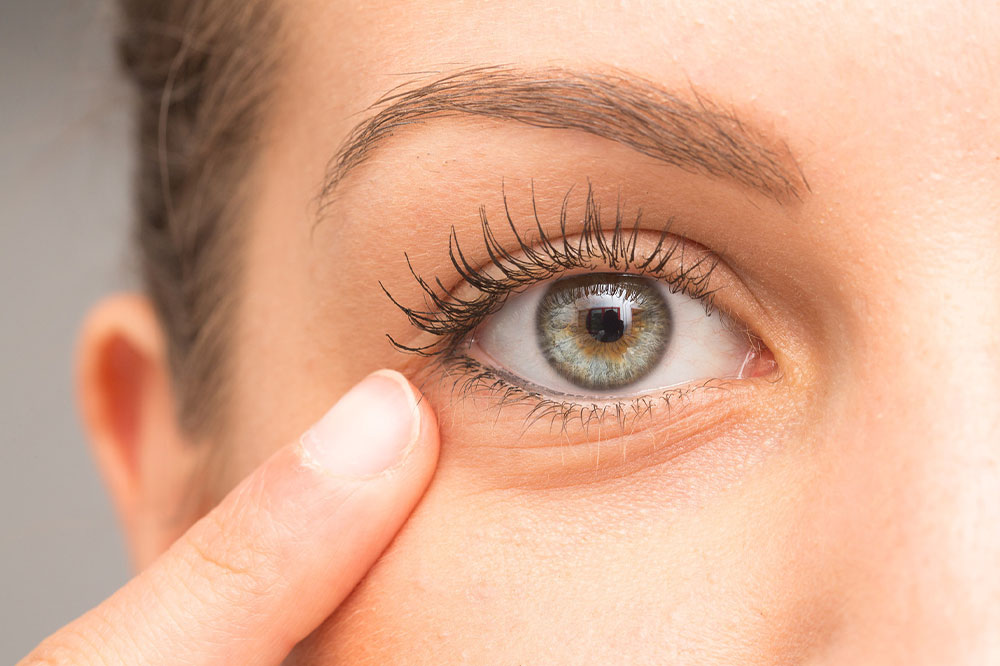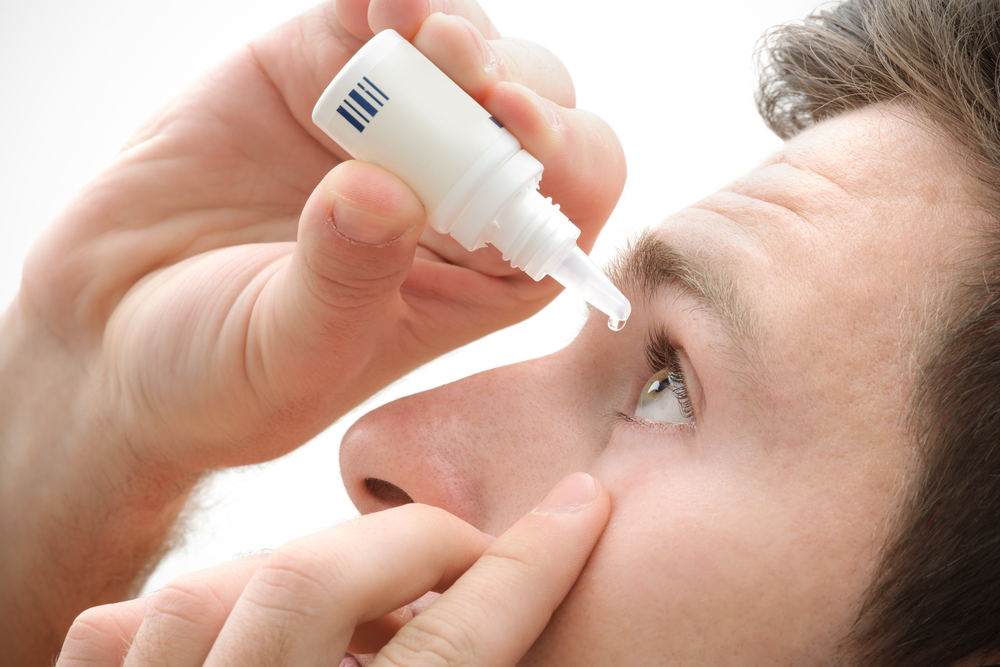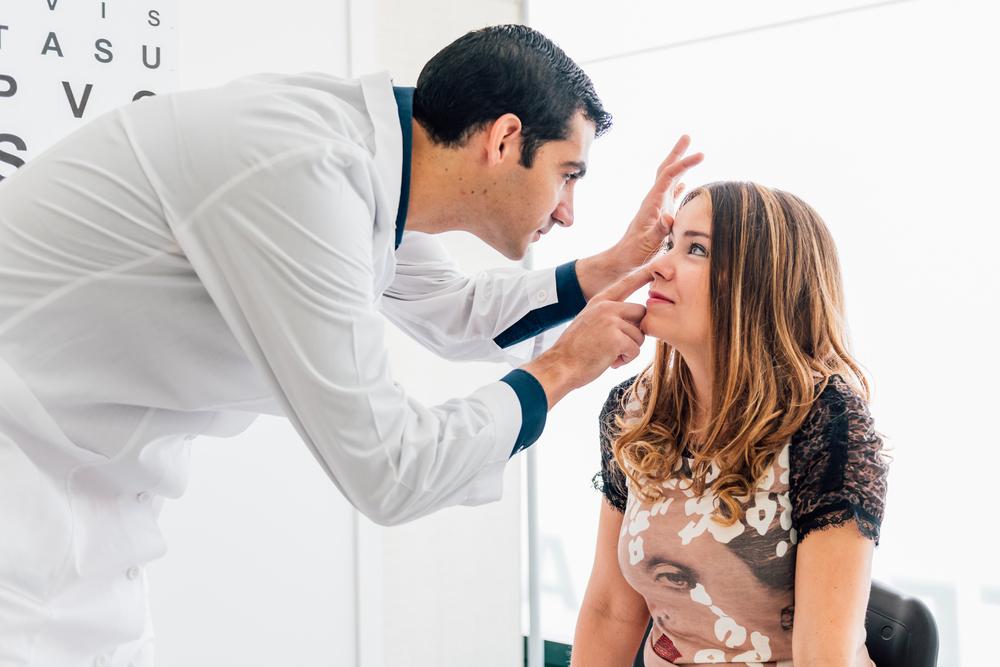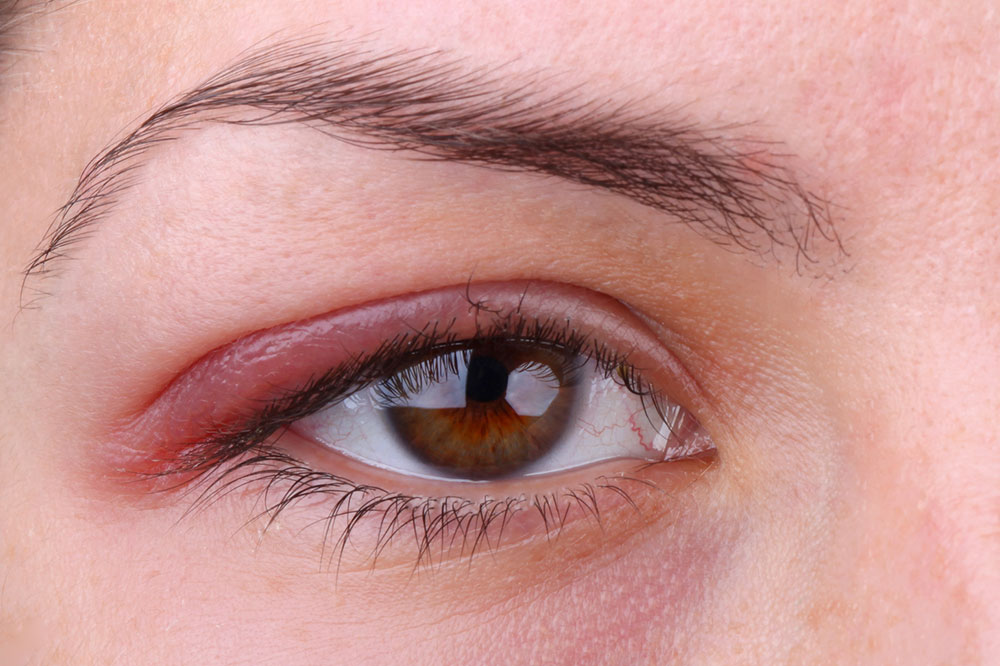Comprehensive Guide to Protecting Your Eye Health: Top 4 Factors to Avoid
This comprehensive guide explores the top four factors that can harm your eye health, including digital device overuse, eye rubbing habits, sun exposure, and poor nutrition. It offers practical tips for prevention and emphasizes the importance of regular eye care. Protect your vision by understanding these risks and adopting healthier habits today to ensure long-term eye health and prevent serious conditions.

Comprehensive Guide to Protecting Your Eye Health: Top 4 Factors to Avoid
Maintaining healthy eyesight is essential for quality of life, yet numerous factors can threaten your vision over time. While aging is a natural contributor to declining eye health, modern lifestyles and everyday habits often accelerate this process. Understanding the key elements that can damage your eyes is crucial for adopting preventive measures. In this detailed guide, we explore the most common and often overlooked factors that can harm your eyes, along with practical tips on how to mitigate these risks. By identifying and managing these causes, you can significantly reduce the likelihood of developing severe eye problems and ensure your vision remains clear and sharp for years to come.
1. Excessive Screen Time and Digital Device Usage
Prolonged exposure to digital screens such as computers, smartphones, tablets, and televisions has become a ubiquitous part of modern life. However, this habit comes with substantial risks to your eye health. Continuous staring at screens exposes your eyes to significant amounts of blue light—a high-energy, short-wavelength light that can penetrate deeper into the eye tissues. Unlike UV rays, blue light is not absorbed by the eye's natural filters completely, leading to potential damage over time. Symptoms associated with excessive screen time include dry eyes, eye irritation, blurred vision, headaches, and eye fatigue. If these issues persist, they could indicate developing conditions like digital eye strain or even contribute to more serious long-term problems such as macular degeneration.
To protect your eyes, it is recommended to follow the 20-20-20 rule: every 20 minutes, look at something 20 feet away for at least 20 seconds. Using anti-reflective coatings on glasses and adjusting screen brightness can also reduce eye strain. Additionally, maintaining proper lighting in your environment and taking regular breaks can help alleviate the burden on your visual system.
2. Unconscious Eye Rubbing and Habitual Touching
An everyday action that many underestimate is rubbing or touching the eyes without proper hygiene or awareness. Frequent eye rubbing, often due to dryness, allergies, or fatigue, can inadvertently cause damage to the delicate corneal tissue. Repeated pressure or friction can lead to scratches, increase the risk of infections, and raise intraocular pressure, which may contribute to glaucoma over time. This habit might seem harmless but can result in long-term deterioration of eye health and vision quality.
To avoid harming your eyes, try to resist the urge to rub them. If irritation persists, using a clean, damp cloth over closed eyes can provide relief from dryness or itchiness. Maintaining good hygiene, such as washing hands frequently and avoiding touching the eyes with dirty hands, is vital in preventing infections and other complications.
3. Neglecting Adequate Eye Protection From Sunlight
Sun exposure is a major environmental factor affecting eye health. Ultraviolet (UV) rays from the sun can cause direct damage to the outer layers of the eyes, leading to conditions like cataracts, photokeratitis, and age-related macular degeneration. Wearing sunglasses with proper UV filters should be a daily habit, not just a fashion statement. Lower-quality sunglasses or fashion eyewear without UV protection provide little to no safeguard against harmful rays, leaving your eyes vulnerable.
When choosing sunglasses, look for labels indicating 100% UV protection or UV400 coating. Frame size and coverage matter; larger frames that block light from all angles are preferable. Additionally, wearing a wide-brimmed hat can further shield your eyes from direct sunlight, especially during peak hours. Protecting your eyes from sun damage is a simple yet effective step towards preserving long-term vision health.
4. Poor Dietary Choices and Nutrition Deficiencies
Healthy eyes depend heavily on good blood circulation and nutrient supply. Diets high in processed foods, sugary snacks, saturated fats, and trans fats can impair overall health and elevate risks for systemic conditions like hypertension and diabetes. These conditions are strongly linked to eye problems such as diabetic retinopathy, age-related macular degeneration, and optic nerve damage.
To promote optimal eye health, focus on a balanced diet rich in fruits, vegetables, whole grains, lean proteins, and healthy fats. Nutrients such as omega-3 fatty acids, lutein, zeaxanthin, vitamins C and E, and zinc are particularly beneficial for maintaining good eyesight. Incorporating foods like leafy greens, carrots, citrus fruits, nuts, and fish can help strengthen eye tissues and protect against age-related deterioration. Additionally, staying well-hydrated aids in maintaining optimal tear production and moisture levels in your eyes.
In conclusion, safeguarding your eye health involves a combination of mindful habits, protective measures, and a nutritious diet. Regular eye examinations and consultation with ophthalmologists can help detect early signs of problems and ensure timely intervention. Adopting these preventive strategies can greatly reduce the risk of serious eye conditions, helping you maintain clear, healthy vision throughout your life. Remember, healthy eyesight is an invaluable asset—protect it diligently for a brighter, clearer future.





